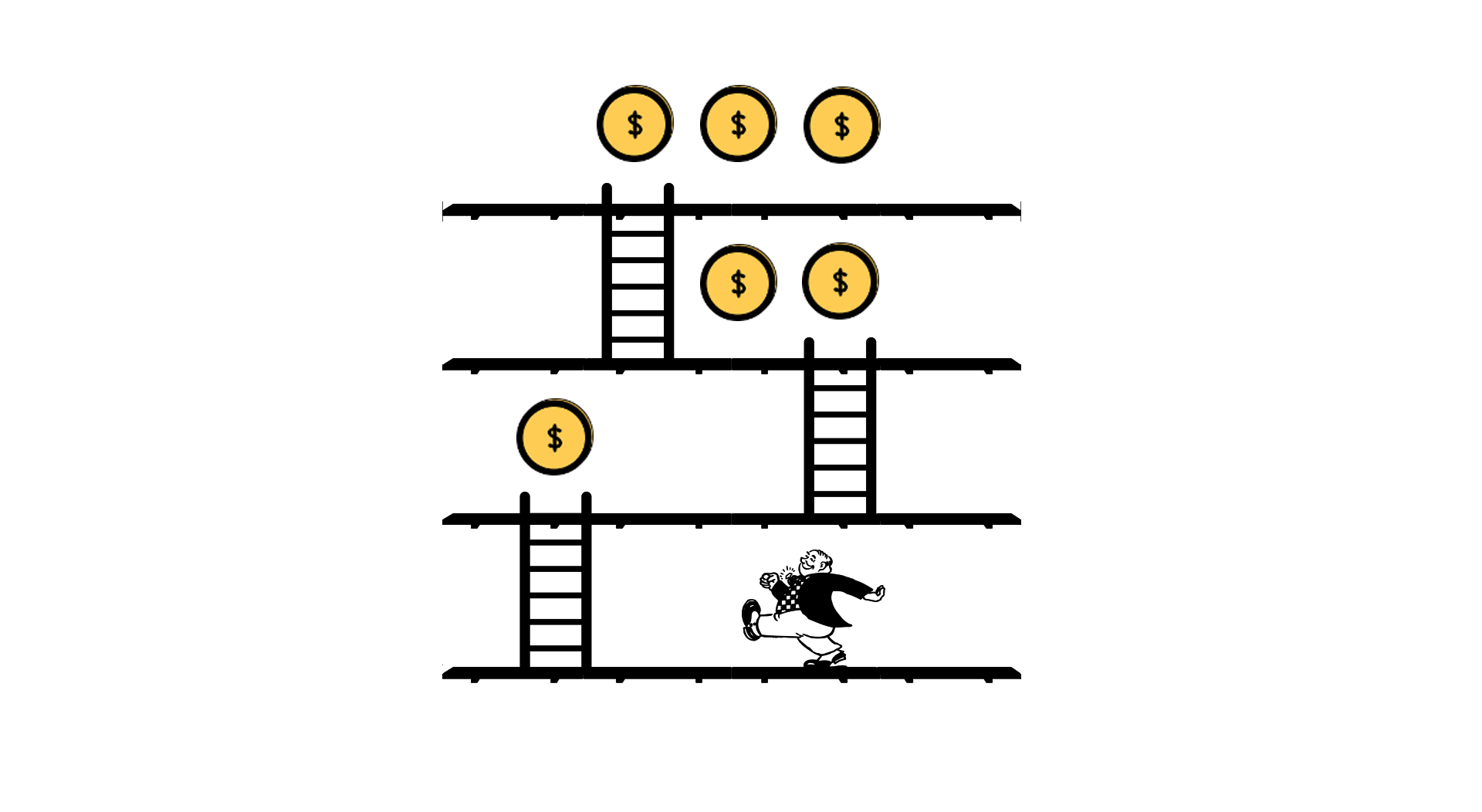Having spent the last nine or so months working on an Employee Gamification Platform that we are very proud of, I thought I would create a list of the 5 Key Elements of Practical Gamification that we discovered are hard to do without, in a business gamification project.
When we first started on the project we had our initial objectives and missions as well as a reward structure agreed. We realised though that this was just the beginning, if the platform was well received with employees then the gamification aspects would be expanded and therefore the platform had to be flexible.
After the initial surge with new users the platform grew steadily and we expanded on a number of different areas including different missions and adding a quiz element to certain more difficult missions to ensure employees had completed their mission successfully as many of these missions were external to the actual gamification platform.
Though we have incorporated a number of different elements and hope to further expand on the platform, the following we deemed as extremely important within the platform. These are the best aspects of games that should be incorporated into good gamification design.

1. Objectives
It really is important to know exactly what the business objectives are right from the start as these need to be incorporated into the way the gamification is designed.
Is the gamification aimed internally at employees to assist them with motivation, increased productivity, increased sales, workforce solidarity, learning and upskilling or externally at potential customers to spread awareness, encourage data collection, raise sales, improve marketing or create loyalty?
Whatever the original high level aim is, it has to be broken down into quantifiable aims that the gamification can measure. A brief that states “Can you gamify that shiny big Buy Now button” just doesn’t cut it.
An interesting reason to introduce gamification in the business appeared when we ran a survey in 2017 aimed at upper management and skilled professionals. When asked the question “Why do they play games” over 30% of respondents selected it as a great Stress Reliever.
2. Flexibility
There are two options to consider here, one being the flexibility of the platform to enable you to expand on features that are working well and phase out ones that won’t.
Secondly we have the users themselves, referencing Bartle’s Player Types theory which has classified 4 types of gamers; Killer, Achiever, Socialiser and Explorer.
Killers thrive on competition
Achievers want to accomplish and complete
Explorers want to discover new games, pages, content
Socialisers participate for the social aspect, rather than to play the game itself.
Your gamification should bear this in mind and be able to incorporate elements that target the above player types and the various combinations of them.
3. Rules
Rules need to be clear and concise, everyone must know what needs to be done and how it needs to be done in order to achieve their objectives. Make it difficult for the rules to be broken as players often adhere to Pablo Picasso’s quote
“Learn the rules like a pro, so you can break them like an artist.”
4. Reward Structure
Reward users appropriately for doing things right. In most cases scores should only go up and not down. Virtual rewards such as currency are important and if possible mix these in with physical rewards such as gift vouchers, free coffees, lunches, etc.
Leaderboards and levels often standalone but I like to combine them in with the rewards structure as what you are doing is using a combination of small rewards to motivate a user towards your business goal. When a user completes a task, they earn currency and earn experience points which moves them up the Leaderboard and possibly up a level and towards their goal of a specific reward.
5. Quests
Quests also known as Missions or Challenges are essentially different words for the same thing in business gamification. They challenge users to perform a defined set of gameplay actions that follow a guided path within the gamification design. Quests are all about discovery and learning and can be singular or multiple and often involve a reward of some sort upon accomplishing the quest.
You can use these in many ways to achieve various business goals in a progressive or random format, keeping them constant or progressively harder to achieve.
